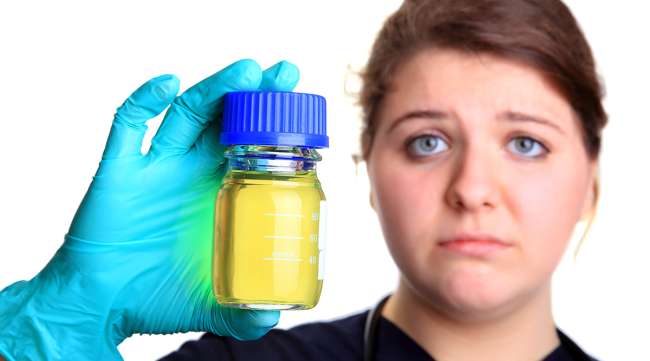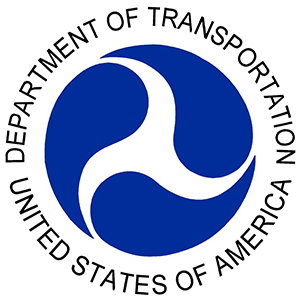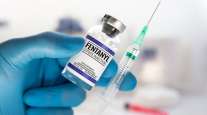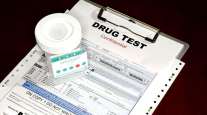Senior Reporter
DOT to Add Four Opioids for Transportation Worker Drug Testing

The U.S. Department of Transportation plans on Jan. 1 to begin testing truck drivers and other “safety-sensitive” transportation employees for the semi-synthetic opioids hydrocodone, hydromorphone, oxymorphone and oxycodone, the agency announced Nov. 9.
“Inclusion of these four semi-synthetic opioids is intended to help address the nationwide epidemic of opioid abuse,” the announcement said. “Also, adding these four drugs, which are already tested for in many transportation employers’ non-DOT testing programs because of their widespread use and potentially impairing effect, will allow the DOT to detect a broader range of drugs being used illegally. Transportation industries are not immune to this trend and the safety issues it raises.”
The DOT said it is adding the drug panel to urine testing not only for consistency with the Department of Health and Human Services mandatory guidelines but “as a response to a national problem that can affect transportation safety.”

The agency also said it also is adding methylenedioxyamphetamine as an initial test analyte, but removing the drug as a confirmatory test analyte.
“This final rule clarifies certain existing drug-testing program provisions and definitions, makes technical amendments and removes the requirement for employers and consortium/third-party administrators to submit blind specimens,” the DOT announcement said.
About 6.3 million DOT-regulated drug tests are administered annually.
Since 1988, federal regulations have required cocaine and marijuana to be screened by certain employees working at federal agencies. At the time, HHS, which determines drugs that can be tested by federal agencies, said it based the requirement on the incidence and prevalence of the abuse of the two substances in the general population and on the experiences of the departments of Defense and Transportation in screening their workforces.
In 1988, HHS also authorized federal agencies to test their employees for the use of phencyclidine, amphetamines and opiates.
In May 2015, however, HHS concluded that the additional semi-synthetic opioids, oxycodone, oxymorphone, hydrocodone and hydromorphone should be added in the federal program.
DOT first proposed adding the drug tests for the four drugs in January.
There were 52 comments addressing the addition of the specified semi-synthetic opioids to the DOT testing panel. Of those comments, 41 supported the proposed rule, DOT said.
Supporters of the rule generally recognized the need for the department to act consistently with the HHS Mandatory Guidelines and agreed that addressing opioid abuse issues in the context of transportation safety is important.
However, some opposing comments expressed concerns that adding the four substances would increase circumstances in which drivers innocently using opioids, via a prescription for pain medication, could be unfairly treated as drug abusers, with consequent positive tests harming their careers, DOT said.
The commenters said that, for example, a medical review officer might note that an employee had a legally valid prescription for an opioid, which provided a legitimate explanation for a laboratory positive result, but then decide that the employer should be told that the employee’s use of that opioid poses a significant safety risk, endangering the employee’s continued employment.
Given the apparent frequency with which opioids are prescribed, commenters also feared that the occurrence of issues of this kind could increase.
A medical review officer is a licensed physician who is responsible for receiving and reviewing laboratory results generated by an employer’s drug testing program and evaluating medical explanations for certain drug test results.
“Since we already have opiates in the DOT-regulated drug testing panels, adding semi-synthetic opioids to the panel is not a radical change for these highly trained medical doctors and doctors of osteopathy,” the DOT said.
A few comments suggested adding other substances, such as methadone or synthetic cannabinoids, to the drug testing panel. However, DOT said it does not have the authority to add substances such as methadone or synthetic cannabinoids to its panel without the scientific and technical expertise of the HHS, as expressed in the HHS mandatory guidelines.




